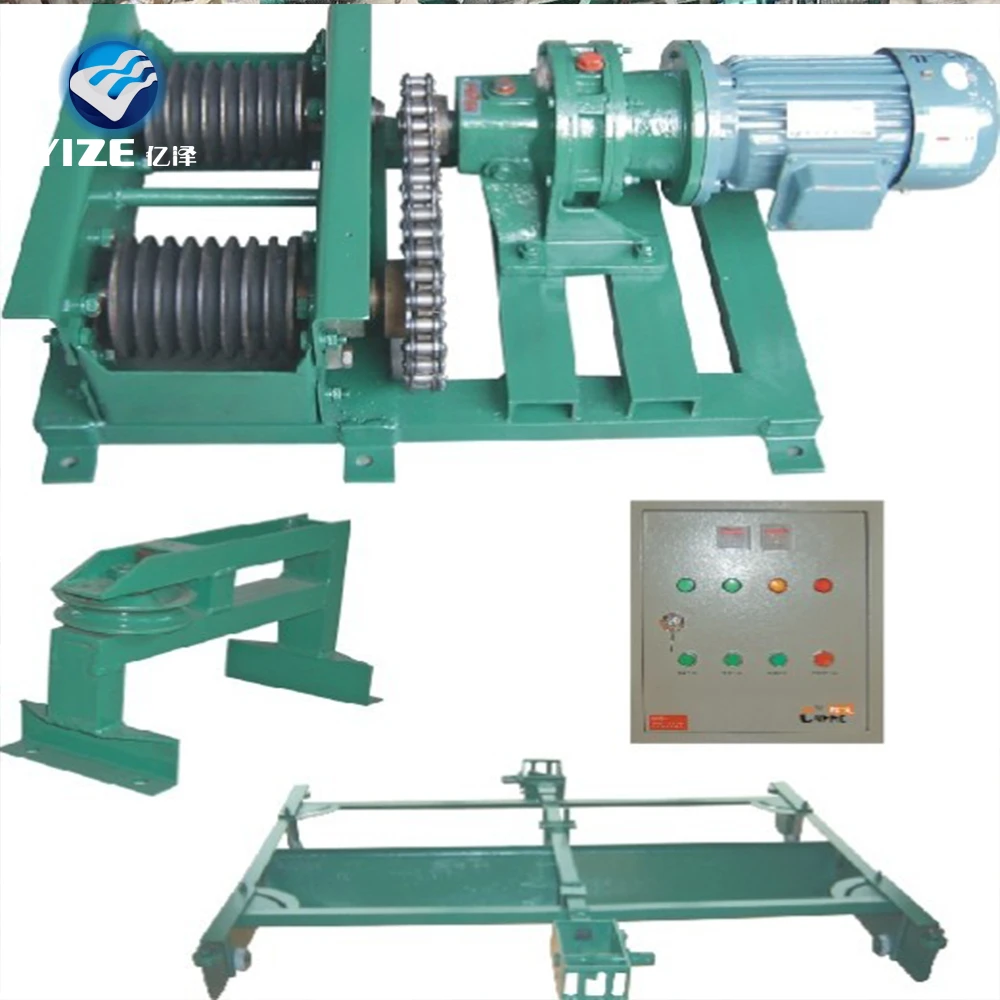backyard pig pen
Oct . 19, 2024 19:59 Back to list
backyard pig pen
The Ideal Backyard Pig Pen Creating a Happy Home for Your Pigs
If you've ever considered raising pigs in your backyard, you're not alone. Many people are turning to small-scale farming, not only for the joy of caring for animals but also for the benefits of fresh pork and sustainable living. However, one of the crucial components of successful pig ownership lies in creating a proper pig pen. In this article, we'll explore the essentials of designing an ideal backyard pig pen that keeps your pigs happy, healthy, and comfortable.
Choosing the Right Location
Before constructing your pig pen, it is essential to select the right location. A good site should be away from your house and any neighboring properties to minimize noise and odor concerns. The area should also provide shelter from extreme weather conditions—whether that's shade during the sweltering summer or protection from harsh winter winds. Additionally, good drainage is vital to prevent flooding and muddy conditions, which can contribute to health issues for your pigs.
Size Matters
When determining the size of your pig pen, it’s essential to consider the number and size of the pigs you plan to keep. The general recommendation is at least 50 square feet per pig, although larger breeds may require more space. Adequate space allows pigs to roam freely, root, and engage in natural behaviors, leading to happier and healthier animals. If you plan to keep a boar, sow, or breeding stock, consider creating separate pens to reduce stress and aggression among pigs.
Fencing Solutions
Effective fencing is paramount for your backyard pig pen. Pigs are intelligent and surprisingly strong animals; they can escape if they are determined enough. Stock fencing topped with barbed wire or electric fencing is often recommended, as it provides both containment and a deterrent against digging or jumping. Ensure that the fence is buried at least a foot underground, as pigs are notorious for digging. A sturdy gate is also necessary for easy access and to ensure the safety of your pigs.
Housing for Comfort
backyard pig pen

Pigs need shelter to protect them from extreme weather, so an appropriate housing structure is essential. A simple barn or shed can work well as a pighouse. The dimension should be large enough for the number of pigs you have, offering adequate space for them to lie down without crowding. Insulate the structure to keep it warm during colder months but ensure proper ventilation to maintain fresh air. Bedding made from straw, hay, or wood shavings can help keep the environment clean and provide comfort for your pigs.
Enrichment and Socialization
Pigs are social animals that thrive on interaction, both with each other and with humans. Providing enrichment in the form of toys, obstacles, and objects to root around in is essential for their mental and physical well-being. Items like old tires, logs, or even hanging vegetables can engage their natural foraging instincts. Make time to interact with your pigs daily; this helps build trust and can make handling them easier for grooming, health checks, or moving them between different areas.
Cleanliness and Health
Maintaining a clean pig pen is crucial to ensuring the health of your pigs. Pigs are susceptible to various diseases and parasites, which can be mitigated through diligent cleaning routines. Regularly remove manure and waste, and ensure that water sources are fresh and clean. Setting up a rotation system, where pigs are moved between different areas, can help manage waste and give sections of the pen time to recover.
Understanding Nutritional Needs
Lastly, consider your pigs' dietary requirements, which are essential to their growth and overall health. A balanced diet rich in carbohydrates, proteins, vitamins, and minerals is necessary. While commercial pig feed is convenient, supplementing their diet with kitchen scraps, fruits, and vegetables can provide variety and enrichment. Ensure they have access to fresh water at all times, as hydration is critical for their well-being.
Conclusion
Building a backyard pig pen is an exciting venture that offers rewards both in terms of companionship and self-sufficiency. By taking the time to design a safe, spacious, and enriching environment, you are setting the foundation for a prosperous pig-raising experience. Remember that happy pigs lead to satisfied owners, and being diligent about their needs will pay off through the joy and benefits they bring to your backyard farm. Whether you're a beginner or an experienced farmer, understanding the essentials of pig husbandry can make all the difference!
-
Automatic Feeding Line System - Anping Yize|Poultry Efficiency&Durability
NewsJul.29,2025
-
Automatic Feeding Line System-Anping County Yize Metal Products Co., Ltd.|Durable PP Material&Easy Maintenance
NewsJul.29,2025
-
Automatic Feeding Line System-Pan Feeder Nipple Drinker|Anping County Yize Metal Products Co., Ltd.
NewsJul.29,2025
-
Hot Sale 24 & 18 Door Rabbit Cages - Premium Breeding Solutions
NewsJul.25,2025
-
Automatic Feeding Line System Pan Feeder Nipple Drinker - Anping County Yize Metal Products Co., Ltd.
NewsJul.21,2025
-
Automatic Feeding Line System Pan Feeder Nipple Drinker - Anping County Yize Metal Products Co., Ltd.
NewsJul.21,2025






